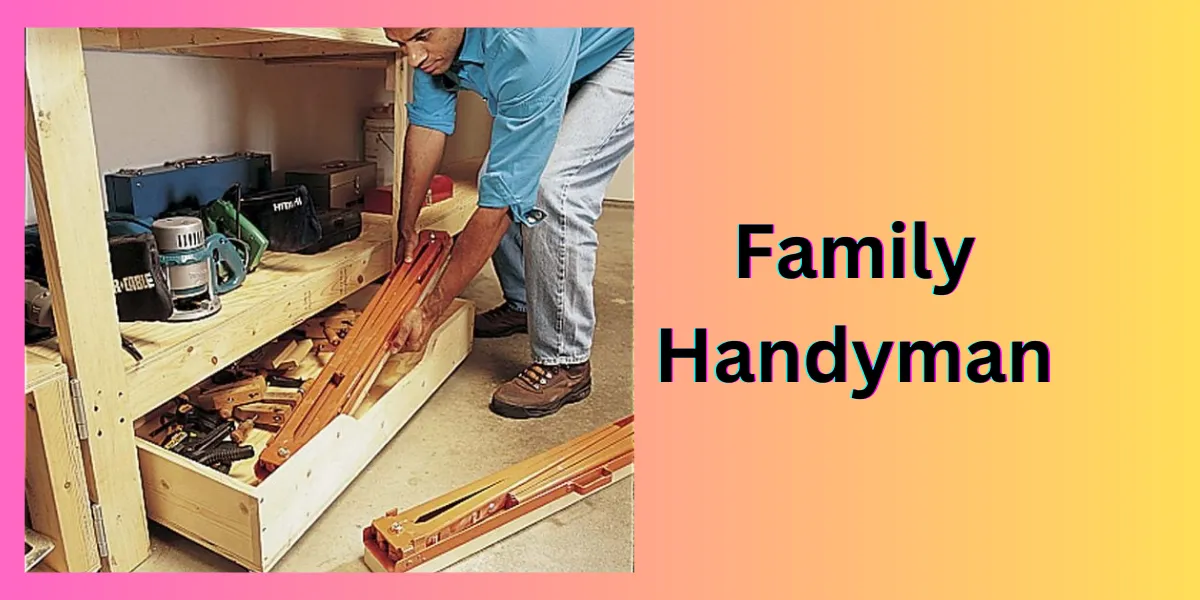If you’ve ever worked with injection molding parts suppliers, you’ve probably asked the same question most buyers do: How long will it take to get my parts? The answer isn’t always straightforward, because delivery time depends on multiple factors—everything from mold design complexity to order volume, material choice, and even the supplier’s manufacturing capacity. In my experience, having worked closely with plastic parts manufacturers across different industries, delivery schedules can range from just a couple of weeks to several months.
For businesses that rely on injection molding for critical components—whether in automotive, electronics, medical devices, or consumer goods—understanding delivery timelines isn’t just a curiosity. It directly impacts product launches, supply chain efficiency, and customer satisfaction. Let’s break down what goes into determining how long you’ll wait for your molded parts.
The Stages That Shape Delivery Time
When people think of injection molding, they often imagine machines quickly turning raw resin into finished parts. While that’s true for the production phase, there are several steps that happen before parts ever leave the supplier’s facility.
First comes the mold design and development stage. This can be one of the most time-consuming phases, especially if the part is complex or requires precision tolerances. Plastic parts manufacturers often need anywhere from 2 to 8 weeks to design, engineer, and build the mold itself. The more intricate the geometry, the more time it takes to perfect. If revisions are required during prototyping, the schedule extends further.
Once the mold is approved, production can begin. This is where injection molding shines, because cycle times per part are typically measured in seconds. However, scaling to thousands or millions of units requires scheduling, machine availability, and raw material sourcing. Suppliers also conduct quality checks, packaging, and shipping—all of which add to the timeline.
Typical Delivery Ranges
From what I’ve seen in the industry, smaller and less complex orders from injection molding parts suppliers might be delivered in as little as 4 to 6 weeks. This includes both tooling and production. However, for large-scale production runs or parts requiring custom molds, delivery may stretch to 10–16 weeks.
Some suppliers offer expedited services for clients with urgent needs. For example, rapid tooling and prototype molds can sometimes be created in just a few weeks, allowing small production runs to start quickly. But there’s always a trade-off: expedited services usually come with higher costs.
Factors That Influence Delivery
So, why such variation in delivery times? Several key factors play a role:
-
Mold complexity: A simple mold with one cavity is far quicker to make than a multi-cavity tool with intricate designs and moving parts.
-
Material selection: Specialty resins or additives may take longer to source, especially if they’re imported or require compliance with strict standards.
-
Supplier workload: Established plastic parts manufacturers often juggle multiple projects at once. If their machines are booked, your project may have to wait.
-
Quantity of parts: Higher production volumes naturally take longer, even if each cycle is fast. Producing 1,000 parts is not the same as producing 1 million.
-
Quality testing: Some industries, like medical devices or aerospace, require rigorous inspection and validation before parts can ship. This adds time but ensures reliability.
The Role of Communication with Suppliers
One of the biggest lessons I’ve learned working with injection molding parts suppliers is that clear communication can save weeks, if not months, in lead times. When customers provide complete design files, accurate material specifications, and realistic timelines upfront, suppliers can plan production more efficiently. Miscommunication, on the other hand, often leads to delays caused by redesigns, unexpected material shortages, or unmet compliance requirements.
Many plastic parts manufacturers now emphasize collaborative planning during the quotation stage. They’ll outline estimated lead times, potential risks, and scheduling options. The more you treat your supplier as a partner rather than just a vendor, the smoother the delivery process becomes.
How to Shorten Delivery Time
If your project is time-sensitive, there are strategies to keep delivery schedules tighter. Choosing a supplier with in-house tooling capabilities, for instance, can cut out delays that come from outsourcing mold manufacturing. Similarly, working with suppliers located closer to your market reduces transit time.
Some manufacturers also invest in digital tools like mold flow analysis, which predicts how plastic will behave during injection. This minimizes the need for multiple mold adjustments, saving weeks. Rapid prototyping with 3D printing can also help confirm design viability before full-scale mold production begins.
Ultimately, choosing experienced plastic parts manufacturers who prioritize efficiency and quality control is the best way to ensure that parts arrive when you need them.
Real-World Example
I once worked with a consumer electronics company that underestimated their delivery window. They assumed their injection molding parts supplier could deliver in under a month. In reality, because the product required a new mold and multiple rounds of prototyping, the first production batch took nearly 12 weeks. Unfortunately, that delay pushed back their product launch.
In contrast, another project with a simpler mold and an established design was completed in just 5 weeks. The difference came down to planning, mold complexity, and supplier coordination. These real-world experiences highlight why understanding delivery times is critical for businesses relying on injection molding.
Final Thoughts
So, what is the delivery time for injection molding parts suppliers? There isn’t a single answer. It can be as short as 4 weeks or as long as 16 weeks, depending on design, volume, and supplier capacity. By working closely with plastic parts manufacturers, setting realistic expectations, and exploring options like rapid tooling, you can ensure your project stays on track.
Injection molding may not always be the fastest path to production, but its ability to deliver consistent, scalable, and high-quality parts makes it worth the lead time. Understanding the factors at play helps businesses plan smarter, avoid costly delays, and maintain healthy relationships with their suppliers.











